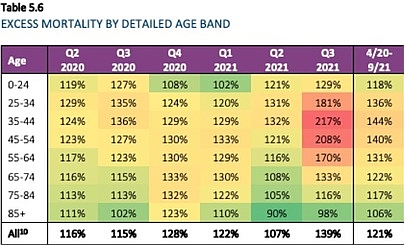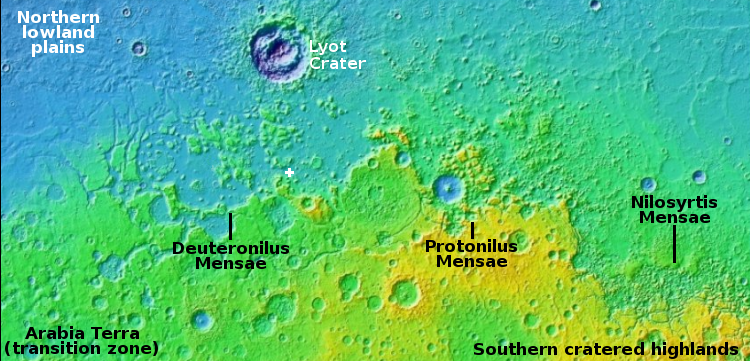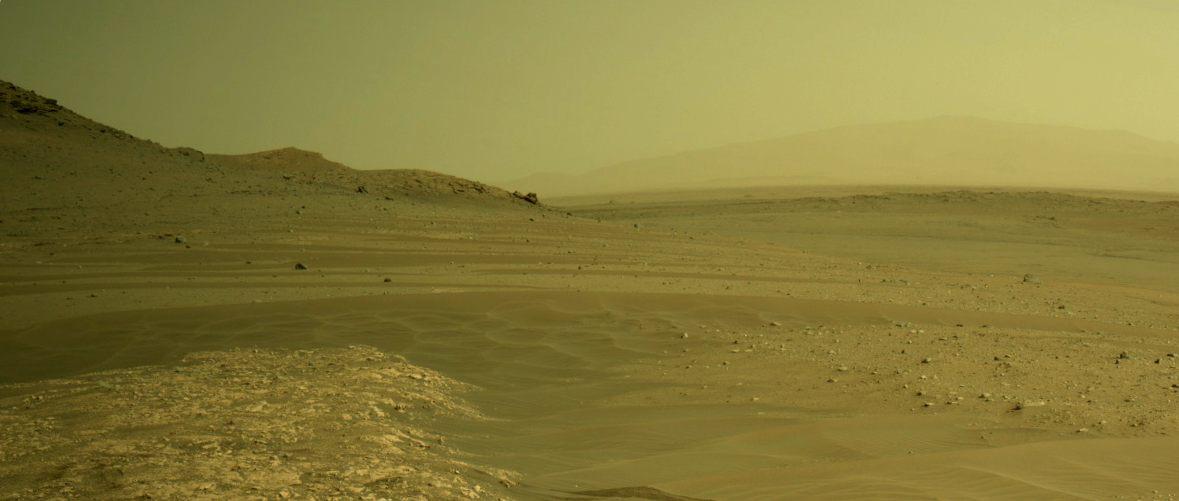Draper wins NASA contract to put a lander on the Moon’s far side
Capitalism in space: NASA yesterday awarded a $73 million contract to the space company Draper to place a lander on the Moon’s far side by 2025.
The lander, called SERIES-2 by Draper, will deliver to Schrödinger Basin three experiments to collect seismic data, measure the heat flow and electrical conductivity of the lunar subsurface and measure electromagnetic phenomena created by the interaction of the solar wind and plasma with the lunar surface.
The mission is the eighth NASA has awarded to date as part of CLPS, but the first to go to the lunar farside. The only mission by any country to land on the far side of the moon is China’s Chang’e-4 mission, which successfully landed in Von Kármán Crater in January 2019 and deployed the Yutu 2 rover that remains operational today.
With this award, there are presently five American companies with contracts to put landers on the Moon, Intuitive Machines, Astrobotic, Firefly, and Masten. Masten however shut down operations recently. This new contract to Draper for almost the exact same amount that had been awarded to Masten appears to replace Masten in the program.
Capitalism in space: NASA yesterday awarded a $73 million contract to the space company Draper to place a lander on the Moon’s far side by 2025.
The lander, called SERIES-2 by Draper, will deliver to Schrödinger Basin three experiments to collect seismic data, measure the heat flow and electrical conductivity of the lunar subsurface and measure electromagnetic phenomena created by the interaction of the solar wind and plasma with the lunar surface.
The mission is the eighth NASA has awarded to date as part of CLPS, but the first to go to the lunar farside. The only mission by any country to land on the far side of the moon is China’s Chang’e-4 mission, which successfully landed in Von Kármán Crater in January 2019 and deployed the Yutu 2 rover that remains operational today.
With this award, there are presently five American companies with contracts to put landers on the Moon, Intuitive Machines, Astrobotic, Firefly, and Masten. Masten however shut down operations recently. This new contract to Draper for almost the exact same amount that had been awarded to Masten appears to replace Masten in the program.

















